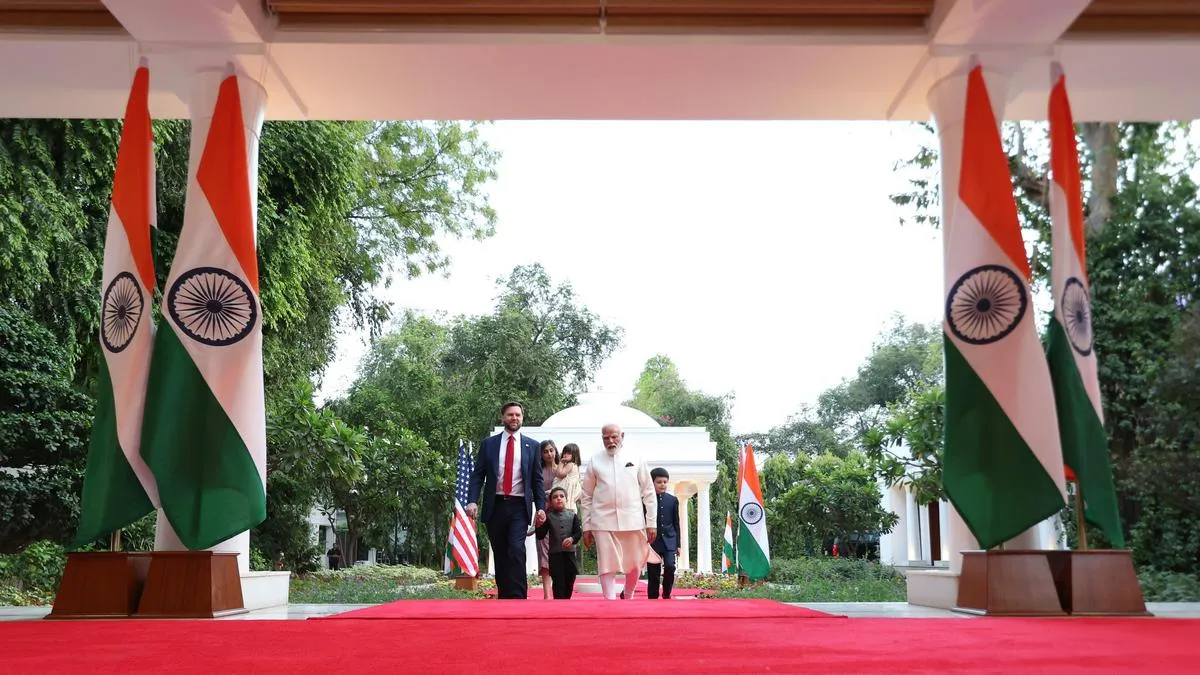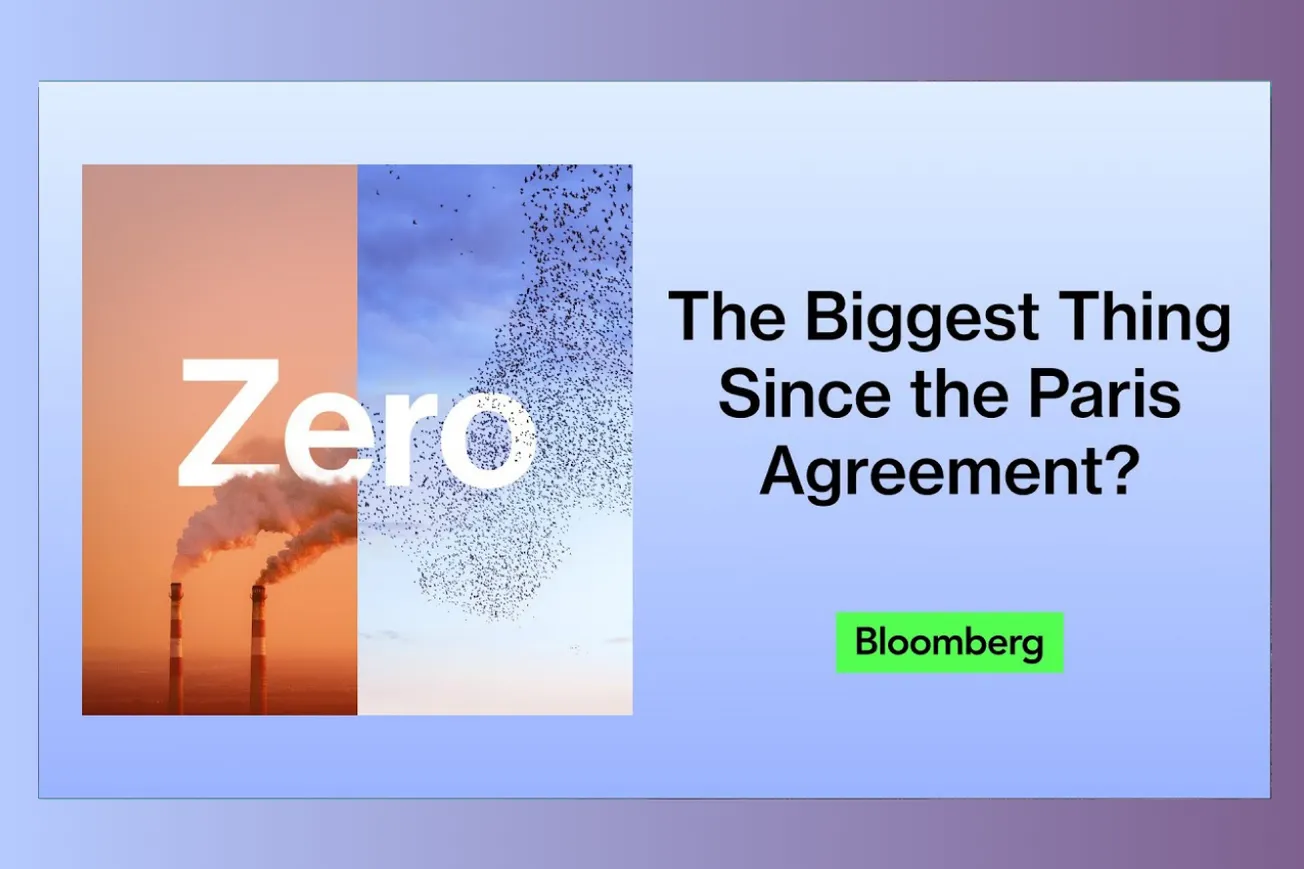Table of Contents
Key Takeaways
- Vice President JD Vance’s visit marks a crucial phase in US-India trade talks, with tariffs and market access at the forefront.
- President Trump’s 90-day pause on reciprocal tariffs offers a narrow window for India and the US to clinch a deal.
- Both countries have agreed to pursue a phased Bilateral Trade Agreement, with the first phase targeted for completion by fall 2025.
- The shared goal is to more than double bilateral trade to $500 billion by 2030, up from roughly $190 billion today.
- India seeks concessions on textiles, leather, and labor-intensive exports, while the US wants lower barriers on industrial and agricultural goods.
- The negotiations are set against the backdrop of escalating US-China trade tensions, positioning India as a key US partner in Asia.
- The outcome of these talks could significantly strengthen economic and diplomatic ties between the world’s largest democracies.
Vance’s Visit: A Diplomatic and Economic Milestone
- Vice President JD Vance’s four-day visit to India is seen as a diplomatic mission of high importance by the Trump administration, coming at a time when US-India relations are under the spotlight due to tariff uncertainties and global trade realignments.
- Vance’s agenda includes meetings with Prime Minister Modi to review progress on the bilateral partnership and discuss the next steps in trade negotiations, following up on the groundwork laid during Modi’s February 2025 visit to Washington.
- The visit is also an opportunity for both sides to address regional and global issues, including the intensifying US-China trade conflict and India’s strategic role in the Indo-Pacific.
- Indian officials have expressed optimism that Vance’s visit will “further strengthen our bilateral connections” and set the stage for a mutually beneficial agreement.
- The US remains India’s largest trading partner, with bilateral trade reaching $190 billion, and India enjoying a significant surplus.
- Beyond official meetings, Vance’s itinerary includes cultural engagements, symbolizing the deepening people-to-people ties between the two democracies.
Trump’s Tariff Pause: Relief and Urgency for India
- President Trump’s decision to pause the 26% reciprocal tariffs for 90 days, while maintaining a baseline 10% tariff, has provided temporary relief for Indian exporters and created a critical window for negotiation.
- The tariff pause was announced just after steep duties triggered market volatility, underscoring the high stakes for global trade and the urgency for India to secure a deal.
- India is among the first countries to initiate trade talks with the US under the new tariff regime, highlighting its proactive approach to safeguarding export interests.
- Without the pause, Indian exports to the US—especially in sectors like shrimp, agriculture, auto components, and jewelry—stood to lose billions in revenue.
- The only major economy excluded from the tariff pause is China, which now faces a 125% US tariff, further incentivizing India to position itself as a preferred US trading partner.
- Trump’s administration has issued a “non-tariff cheating” warning, putting additional pressure on India to address issues like currency manipulation and intellectual property.
Negotiating the Bilateral Trade Agreement: Strategy and Substance
- Formal negotiations for the US-India Bilateral Trade Agreement (BTA) begin April 23 in Washington, with both sides aiming to finalize the first phase by fall 2025.
- The BTA is structured in two phases, starting with an “early tranche” focused on market access for a limited set of goods and the reduction of non-tariff barriers.
- The first phase will cover around 19 chapters, including tariffs, rules of origin, and customs facilitation, setting the stage for more complex issues like government procurement and digital trade in later rounds.
- The US is seeking duty concessions on industrial goods, electric vehicles, wines, petrochemicals, dairy, and key agricultural products such as apples and tree nuts.
- India’s priorities include lower US tariffs on labor-intensive exports like textiles, leather, gems, jewelry, plastics, and chemicals, as well as improved access for shrimp and horticulture products.
- Both sides have finalized the terms of reference, and regular virtual and in-person meetings are planned to maintain momentum during the 90-day window.
Mission 500: The $500 Billion Trade Target
- The “Mission 500” initiative, announced during Modi’s February 2025 visit to Washington, sets a bold goal to more than double US-India trade to $500 billion by 2030.
- Achieving this target requires a comprehensive agreement that not only lowers tariffs but also deepens supply chain integration and expands market access across multiple sectors.
- US officials have emphasized the need for India to reduce some of the world’s highest tariffs, while inviting India to seize the “extraordinary opportunity” of a closer economic partnership.
- The agreement is expected to unlock significant new investment and innovation opportunities, particularly in technology, energy, and defense.
- India’s willingness to buy more US oil, energy, and defense equipment is seen as a gesture of goodwill and compliance with US expectations.
- The $500 billion ambition is also a strategic response to the US-China trade war, with India positioning itself as a reliable alternative in global supply chains.
Geopolitical Stakes: Beyond Trade
- The trade negotiations are unfolding against the backdrop of a rapidly intensifying US-China trade war, with India emerging as a critical US ally in the Indo-Pacific.
- Strengthening US-India economic ties is seen as essential for counterbalancing China’s influence and ensuring stability in the region.
- The talks also encompass broader issues, including defense collaboration, technology partnerships, and joint efforts to address global challenges.
- India’s deep ties with US business, foreign direct investment, and defense cooperation are being leveraged to secure favorable terms in the trade deal.
- Both countries view the agreement as a foundation for a “mega partnership” that extends beyond economics to encompass shared democratic values and strategic interests.
- The successful conclusion of the trade deal could set a precedent for future US agreements with other emerging economies.
The US-India trade negotiations, catalyzed by Vice President Vance’s visit and Trump’s tariff pause, represent a rare opportunity to redefine one of the world’s most important economic partnerships. If both sides can seize the moment and finalize a robust agreement, they will not only achieve the $500 billion trade target but also lay the groundwork for a new era of strategic cooperation.








